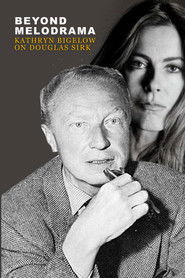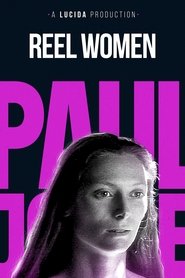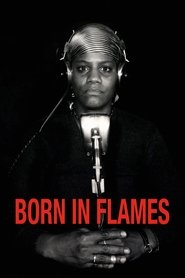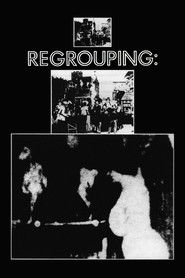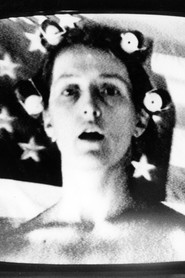
Kathryn Bigelow
ProducerDirectorActorWriterExecutive Producer
27-11-1951
Birthday
Sagittarius
Zodiac Sign
-
Genres
8
Total Films
캐스린 비글로우, 凯瑟琳·毕格罗, 캐스린 비글로, 캐서린 비글로우
Also known as (female)
San Carlos, California, USA
Place of Birth
27-11-1951
Birthday
Sagittarius
Zodiac Sign
-
Genres
8
Total Films
Katrhryn Bigelow
Also Known As (female)
San Carlos, California, USA
Place of Birth



















